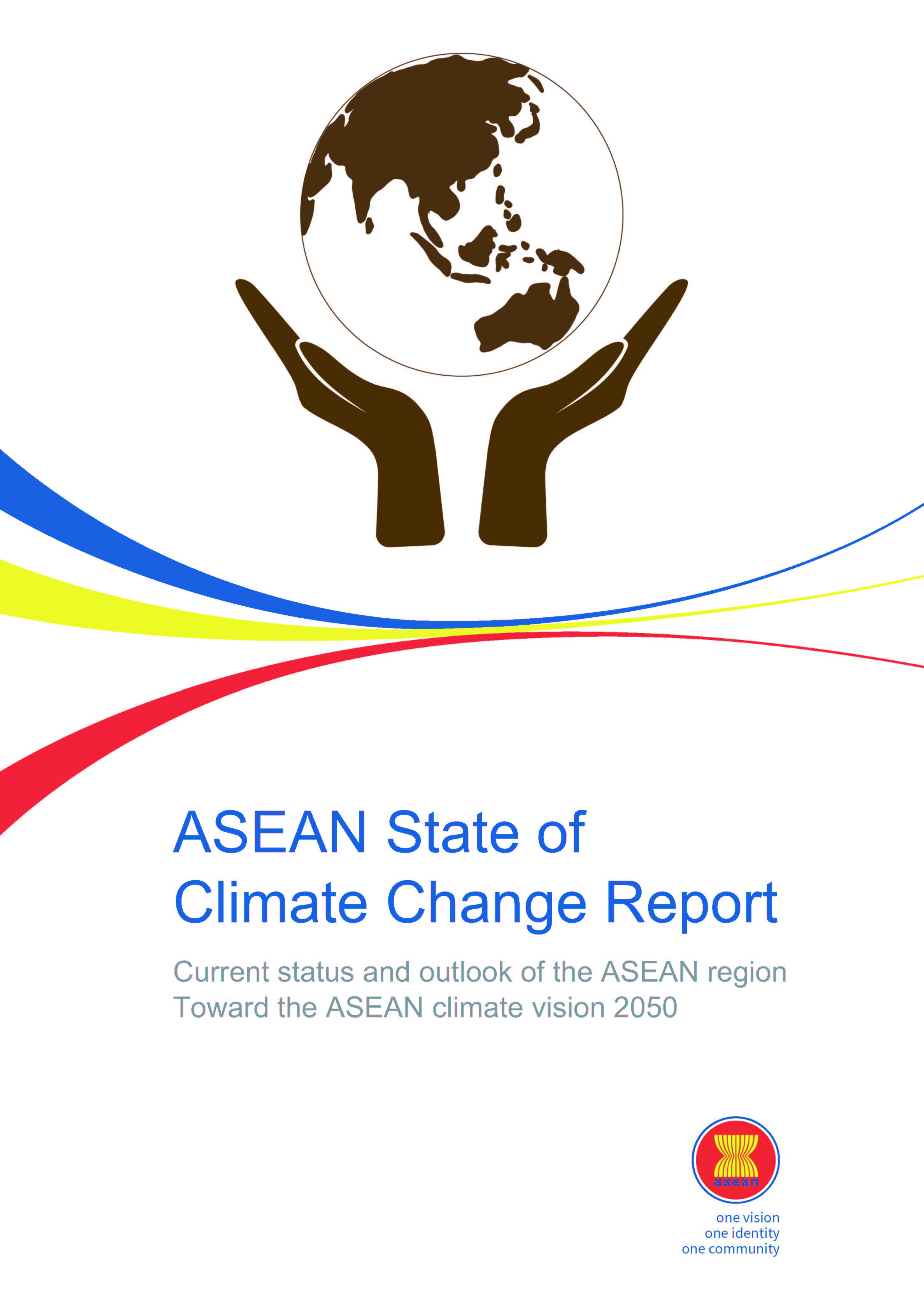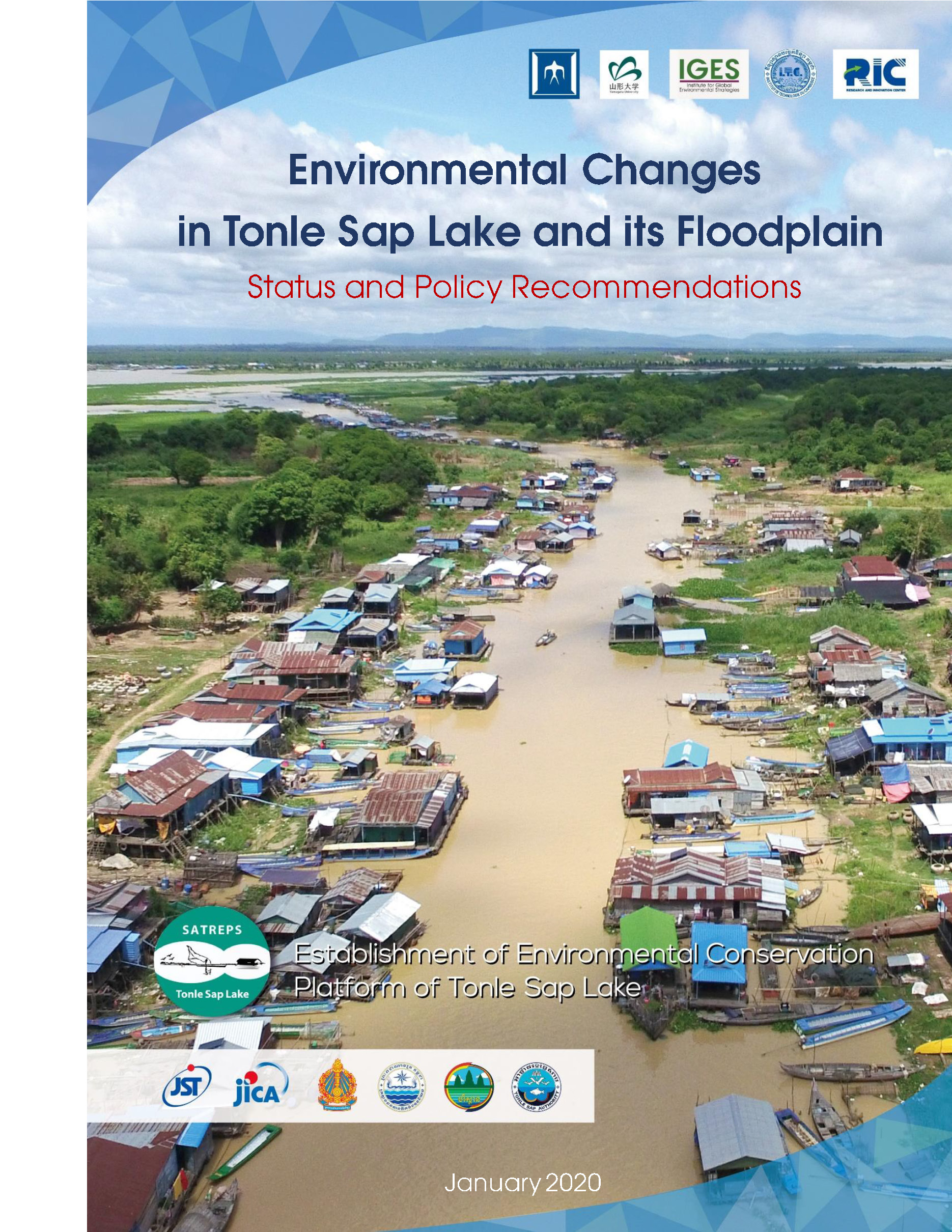The ASEAN State of Climate Change Report (ASCCR) provides an overall outlook of the state of play of climate change issues in the ASEAN region. ASCCR is also a forward-looking report, which includes recommendations on making the transition toward 2030 and on to 2050 for both adaptation and mitigation, considering ASEAN’s development context and the...
- Clear all
- SDGs: (-) Goal 1. No Poverty
- Topic: (-) Forests
Results 1 - 7 of 7 (Sorted by date)
In Environmental Management
Globally, shifting cultivation is known to be an important driver of tropical deforestation. However, we argue that it can be sustainably managed if the environmental boundary conditions, laid by the traditional customs and practices, are fully respected. We narrate an empirical study from the Zunheboto district of Nagaland, India, where we...
Tonle Sap Lake (TSL), the largest lake in South East Asia, is under increasing pressure from pollution, land-use change, climate change, and development activities in the lake, its basin and the Mekong Basin. Recent changes in the lake hydrological system and its floodplains are becoming a great concern for hundreds of communities relying on the...
グリーン・パワー
パーム油は、西アフリカ原産のアブラヤシの実を搾った油脂から作られる。日本で消費される植物油のうち菜種油についで2番目に多く消費され、国民一人当たり年に4~5リットル消費している(WWF 2015)。食用油、マーガリン・ショートニング、スナック菓子、化粧品、洗剤など幅広い用途に使用されている。また、ここ数年ではアブラヤシの種子からパーム核油を取り出した後の残ざん渣さであるパーム核殻が輸入され、国内のバイオマス発電で使用されるようになっている(滝沢 2015等)。よって、パーム油はその生産過程で生じる副産物も含めて、私たちにとって非常に身近な存在といえる。しかし、日本ではパーム油を使用する商品の原材料名には「植物油脂」と記載されるので、普段パーム油を消費しているという実感をもつのが難しく...
Fifth Science-policy Forum For Biodiversity
This is presented at the Fifth Science-policy Forum For Biodiversity on 12 December, COP15 in Montréal. It aimed to apply the Tourism and Sustainable Transformation Framework, while integraing the recent findings from the IPBES assessments, to the case of coastal communities in Mauritius where the majority of the local communities are artisanal...
Translator:
2020年のNYDF進捗状況評価では、持続可能な開発を達成するための2つの補完的で重要な目標に焦点を当てている。 目標3 2020年までに農林業以外の経済セクターからの森林減少を大幅に削減する 目標4 貧困を削減し、森林減少を引き起こす原因となっている人々の基本的なニーズ(自給自足農業やエネルギーのための木質燃料への依存など)を持続可能で公平な開発を促進する代替的な方法で満たすことを支援する 人々の持続可能な生計を支えながら、インフラ開発や採掘による森林減少を削減するという目標3と目標4の達成に向けた進捗は遅々として進んでいない。採取、搾取、消費への依存というこれまでの経済開発戦略を、森林と人々に価値を置くという代替経路に劇的に転換しなければ、世界は持続可能な開発、気候危機...
「森林環境2020」 特集・暮らしの中の熱帯
本稿で紹介するインドネシアの東カリマンタン州は1980年代に一部の県でアブラヤシ農園開発が始まった後、特に2000年代後半から、比較的最近になってアブラヤシ農園が急拡大しており、私の調査地を含めて、今でも天然二次林が伐採されてアブラヤシ農園が造成されている。アブラヤシ農園企業と地域住民の土地の権利を巡る争いも数多く起きており、地元の新聞で報道されることも多い。このようなアブラヤシ農園の拡大はどこまで続くのか、歯止めをかけることができるのか、それを東カリマンタン州の森林の状況、政策、制度、開発、地域住民の経済状況、土地の収用といった複数の点から考える。 本稿は『グリーンパワー』月刊2019年5月号に掲載された論考が『「森林環境2020」 特集・暮らしの中の熱帯』に再掲されたものである。





